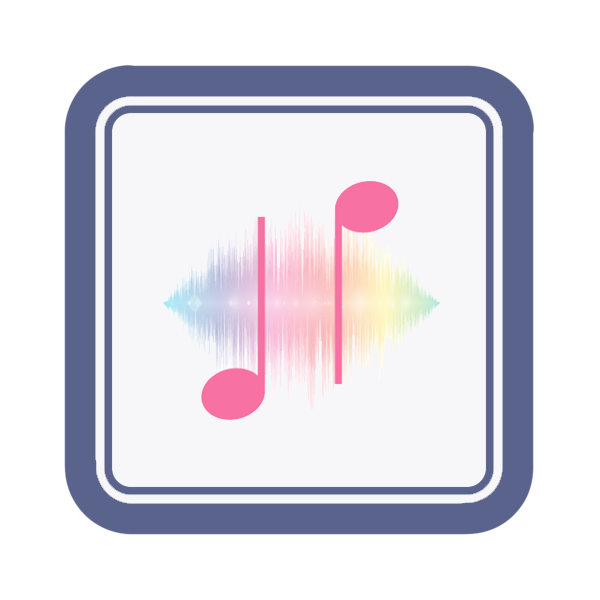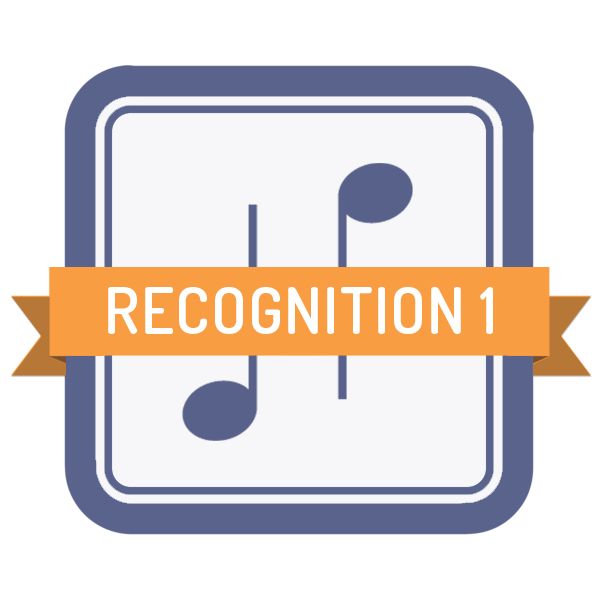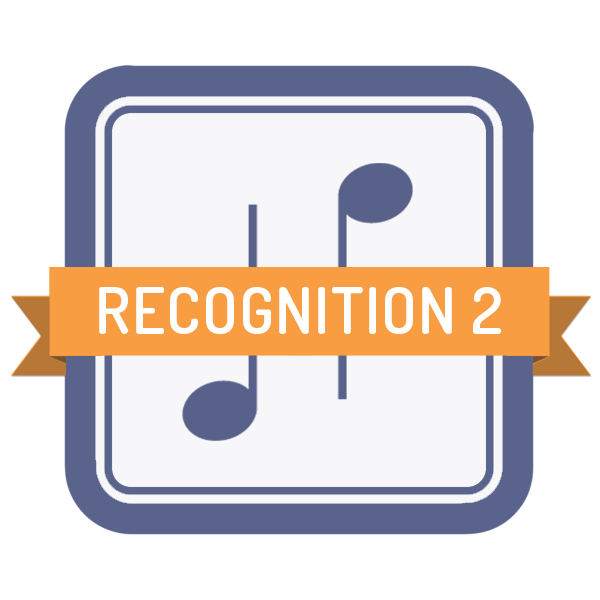
Interval Recognition Ear Training Courses
An interval is the distance in pitch between two notes, and different intervals have different characteristic sounds. Learning to recognise the different types of interval gives you a strong sense of relative pitch. That’s what powers musical skills like playing by ear, improvising and writing your own music, so interval recognition is a core skill for most aspiring musicians.
Let’s look at how Musical U can help you learn to recognise intervals in music.
Setting a Goal
Here are some examples of goals for which Musical U members have created interval recognition courses for:
Planning the Steps
The exact sequence of steps to reach these goals will vary for each particular member of Musical U, to make sure it suits their current abilities and specific interests. But here’s one example of a 5-step plan for learning to recognise intervals by ear:
Step 1: Learn About Intervals
Before diving into interval recognition practice it’s essential to understand the fundamental concepts: why and how intervals are so important in music.
Ear Expansion: Intervals
 Learn all about intervals, and why they are important throughout music.
Learn all about intervals, and why they are important throughout music.
After completing this module: you will understand what intervals are and how recognising them will help you to be more musical.
Step 2: Discover the Three Ways to Learn Intervals
Did you know there are actually three different methods for learning interval recognition? Before going ahead with interval exercises you should learn about all three so you know how each can be useful to you in future.
Learning Intervals
 Learn the best ways to develop your interval recognition skills with the Learning Intervals eBook.
Learn the best ways to develop your interval recognition skills with the Learning Intervals eBook.
After completing this module: you will understand the three approaches to learning intervals and the advantages of each.
Step 3: Start Learning Interval Recognition
Now it’s time to begin practising interval recognition. By using training and testing tracks you can develop your interval skills, and then take interactive quizzes to check your new abilities.
Interval Recognition 1
 Practise recognising different types of interval by ear (part one).
Practise recognising different types of interval by ear (part one).
After completing this module: you will be able to reliably recognise half the intervals of the octave: unison, major and minor seconds and thirds, and perfect fourths and fifths.
Step 4: Continue Learning Interval Recognition
With half the intervals of the octave learned in their ascending, descending and melodic forms, you’re ready to move on to the other half.
Interval Recognition 2
 Practise recognising different types of interval by ear (part two).
Practise recognising different types of interval by ear (part two).
After completing this module: you will be able to reliably recognise all the intervals of the octave, adding tri-tones, major and minor sixths and sevenths and perfect octaves.
Step 5: Start Applying it to Real Music
Once your core interval recognition skills are established, it’s time to move from simple artificial training examples to real music tracks.
Unravelling Music: Introducing Intervals
 Apply your interval recognition skills to hear intervals in real music with the Introducing Intervals training album.
Apply your interval recognition skills to hear intervals in real music with the Introducing Intervals training album.
After completing this module: you will be able to hear and identify intervals in real music.
Next Steps
Once you’ve learned interval recognition with the modules above you can extend your relative pitch skills to chords and progressions, and begin using them to play music by ear, improvise your own melodies and solos, and even write your own songs. The journey continues at Musical U…






